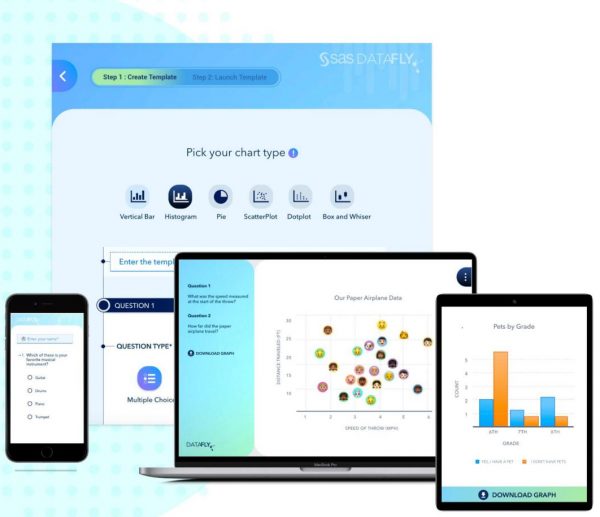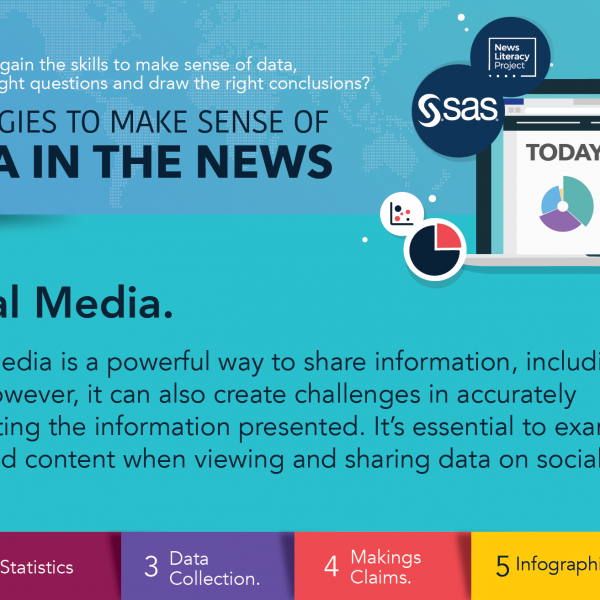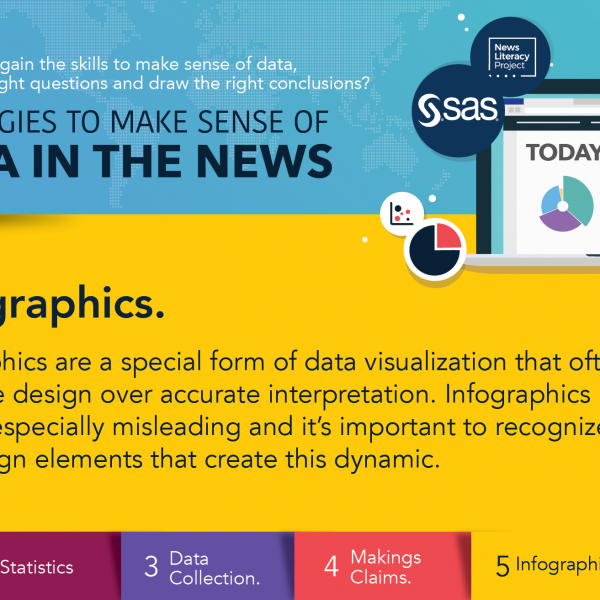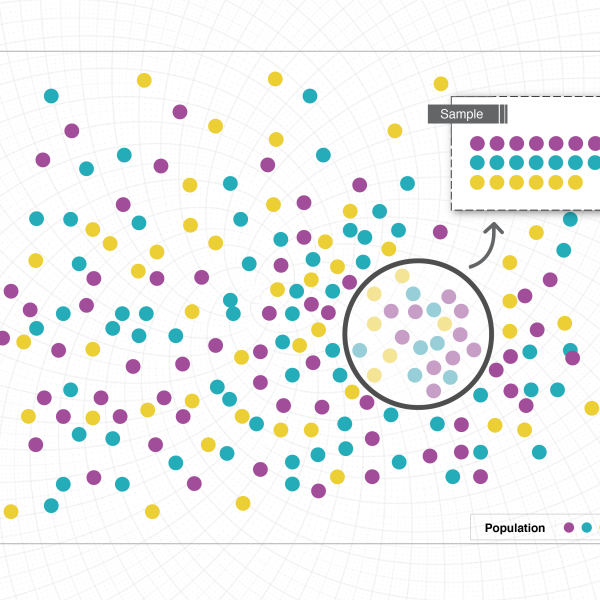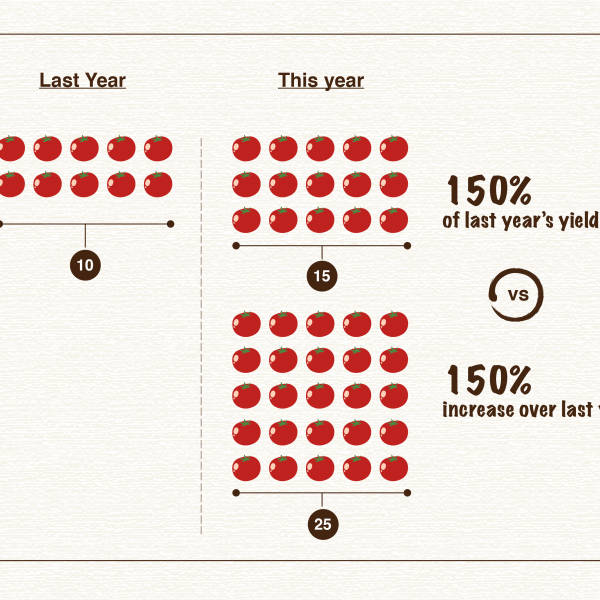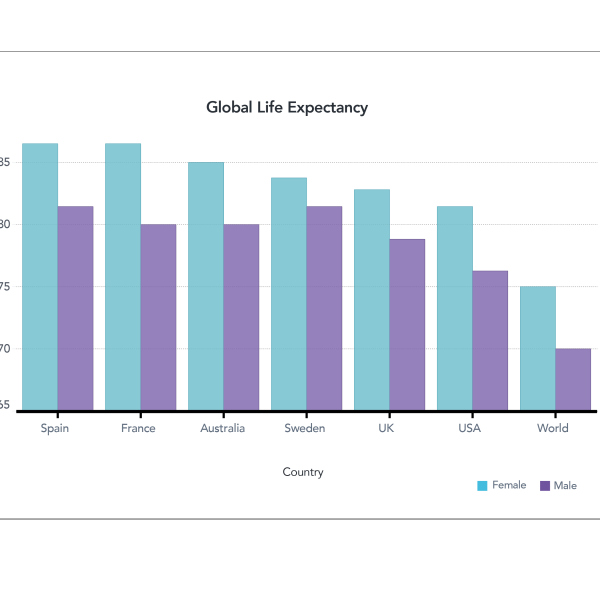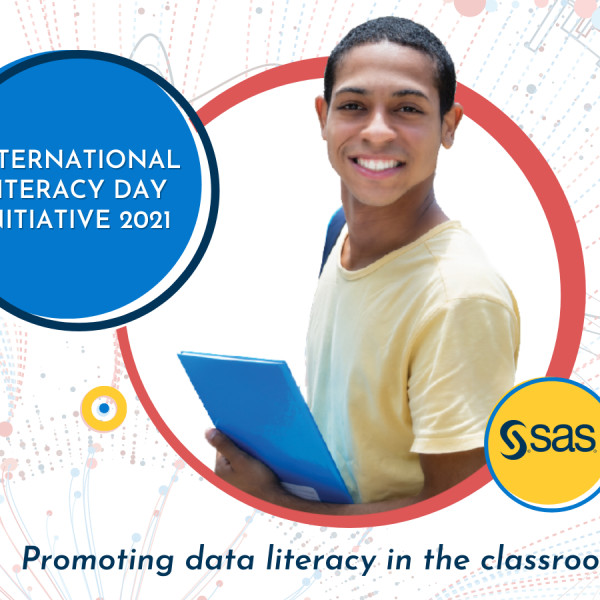
When students hear the word data, they may envision measurements that scientists collect, or perhaps it has something to do with the social media platforms they love. Many students struggle to understand where data comes from and how it can help us make decisions and better understand our world! They may not make a connection with computer science either. Just as

